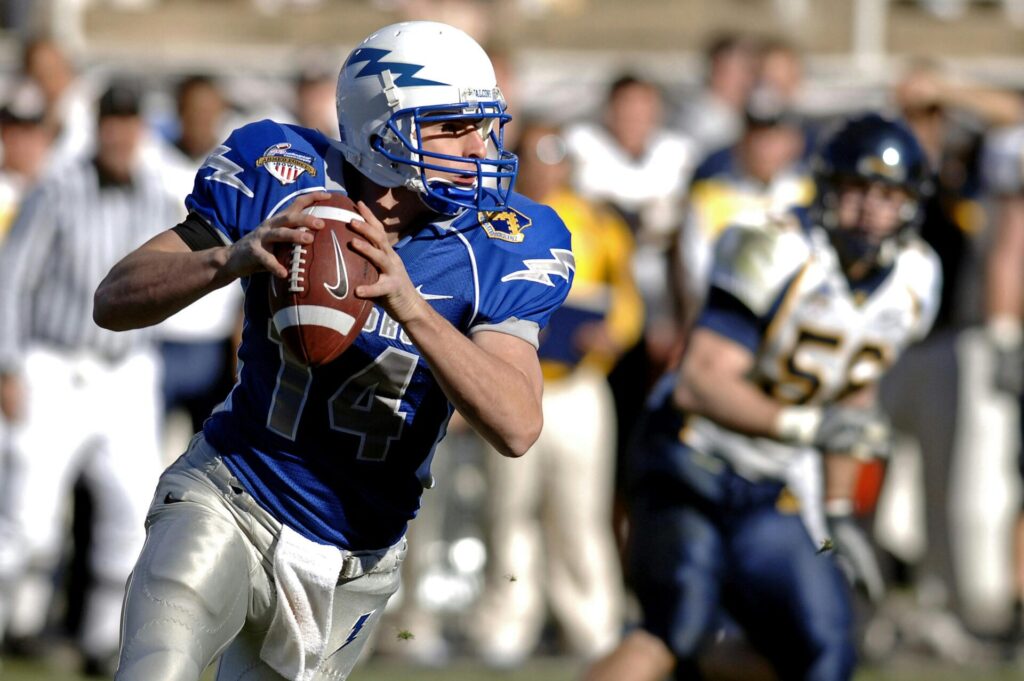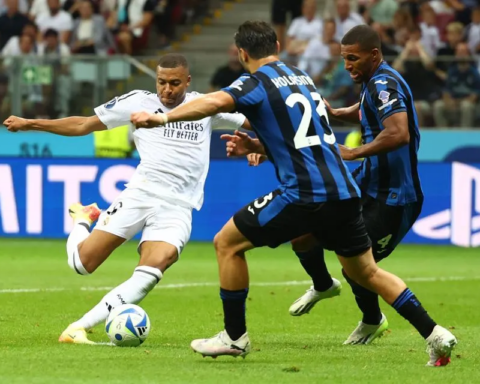Athletic performance is a fascinating interplay of physiology, psychology, genetics, and environmental factors. The question of what makes a great athlete encompasses multiple dimensions, from the cellular mechanics of muscle function to the mental resilience required in high-pressure situations. This article delves into the various scientific aspects that contribute to exceptional athletic performance, offering a comprehensive look at what sets elite athletes apart.
Physiological Factors
Muscular Strength and Endurance
At the heart of athletic prowess lies the muscle. Muscles are composed of fibers that contract to produce movement. These fibers can be classified into two primary types: slow-twitch (Type I) and fast-twitch (Type II). Slow-twitch fibers are more efficient at using oxygen to generate energy for continuous, extended muscle contractions over a long time. They are essential for endurance sports such as marathon running and cycling. Fast-twitch fibers, on the other hand, are better at generating short bursts of strength or speed, making them crucial for sprinting, weightlifting, and other explosive movements.
Training can influence the proportion of these fibers in the muscles, although genetics play a significant role in determining an individual’s baseline fiber composition. Athletes often engage in specific training regimens to enhance the characteristics of the muscle fibers most relevant to their sport.

Cardiovascular Efficiency
The cardiovascular system’s efficiency is another critical determinant of athletic performance. This system includes the heart, blood vessels, and blood. Elite athletes typically have highly efficient cardiovascular systems, which allow for optimal oxygen delivery to the muscles during prolonged physical activity. Key metrics of cardiovascular efficiency include VO2 max (the maximum amount of oxygen the body can utilize during exercise) and cardiac output (the amount of blood the heart pumps per minute).
Training at high intensities can improve both VO2 max and cardiac output. Moreover, regular endurance training induces physiological adaptations such as increased capillary density in muscles and enhanced mitochondrial function, further improving an athlete’s ability to sustain high levels of performance.
Genetic Influences
Genetics undeniably play a pivotal role in athletic potential. Genes can influence various traits, including muscle composition, cardiovascular capacity, and even the propensity to respond to training. For instance, the ACTN3 gene, often dubbed the “gene for speed,” produces a protein found in fast-twitch muscle fibers. Variations in this gene can affect an individual’s ability to excel in power and speed-based sports.
However, while genetic predisposition can provide an advantage, it is rarely the sole factor in determining athletic success. The interplay between genetics and environment, including training, nutrition, and mental conditioning, ultimately shapes an athlete’s capabilities.
Nutritional Science
Nutrition is the cornerstone of athletic performance. Proper fueling before, during, and after exercise can significantly influence an athlete’s performance and recovery. Macronutrients—carbohydrates, proteins, and fats—serve distinct roles in energy provision and muscle repair.
Carbohydrates are the primary energy source for high-intensity exercise, as they can be rapidly broken down into glucose. Proteins are crucial for muscle repair and growth, especially after resistance training. Fats, while often overlooked, are vital for long-duration, low-to-moderate intensity activities, providing a sustained energy source.
Micronutrients, including vitamins and minerals, are equally important. For example, iron is essential for oxygen transport in the blood, and deficiencies can lead to decreased performance and fatigue. Similarly, antioxidants such as vitamins C and E help combat oxidative stress, which can damage muscle cells during intense exercise.
Psychological Aspects
Mental toughness and psychological resilience are often what distinguish good athletes from great ones. The ability to maintain focus, manage stress, and persist through adversity is crucial in competitive sports. Psychological factors such as motivation, confidence, and the capacity for sustained attention can significantly impact performance.
Techniques like visualization, goal setting, and mindfulness training are commonly used by elite athletes to enhance their mental game. Visualization involves mentally rehearsing a performance, which can improve confidence and reduce anxiety. Goal setting provides a structured path for progress, while mindfulness training helps athletes stay present and maintain concentration under pressure.
Biomechanics and Technique
Efficiency of movement, or biomechanics, is another essential aspect of athletic performance. The study of biomechanics involves analyzing the mechanical aspects of human movement. Proper technique can not only enhance performance but also reduce the risk of injury.
Biomechanical analysis can identify optimal movement patterns and detect deviations that might lead to inefficiency or injury. For example, in running, factors such as stride length, foot strike pattern, and arm swing all contribute to overall efficiency. Coaches and sports scientists use tools like motion capture technology and force plates to assess and refine an athlete’s technique.
Environmental and Support Factors
The environment in which an athlete trains and competes also plays a significant role. Altitude, climate, and even pollution levels can affect performance. Training at high altitudes, for example, can enhance an athlete’s oxygen-carrying capacity, providing a competitive edge when returning to sea level.
Support systems, including coaching, medical support, and family, are equally important. Coaches provide technical guidance and motivation, while medical professionals help manage injuries and recovery. A strong support network can offer emotional and logistical support, allowing athletes to focus on their training and competition.
The science behind athletic performance is a complex mosaic of factors ranging from the microscopic level of muscle fibers to the macroscopic level of environmental conditions. While genetics lay the foundation for potential, it is the combination of physiological conditioning, nutritional optimization, psychological resilience, and biomechanical efficiency that truly defines a great athlete. Understanding these elements not only sheds light on what makes elite athletes excel but also offers insights that can help aspiring athletes reach their full potential.








